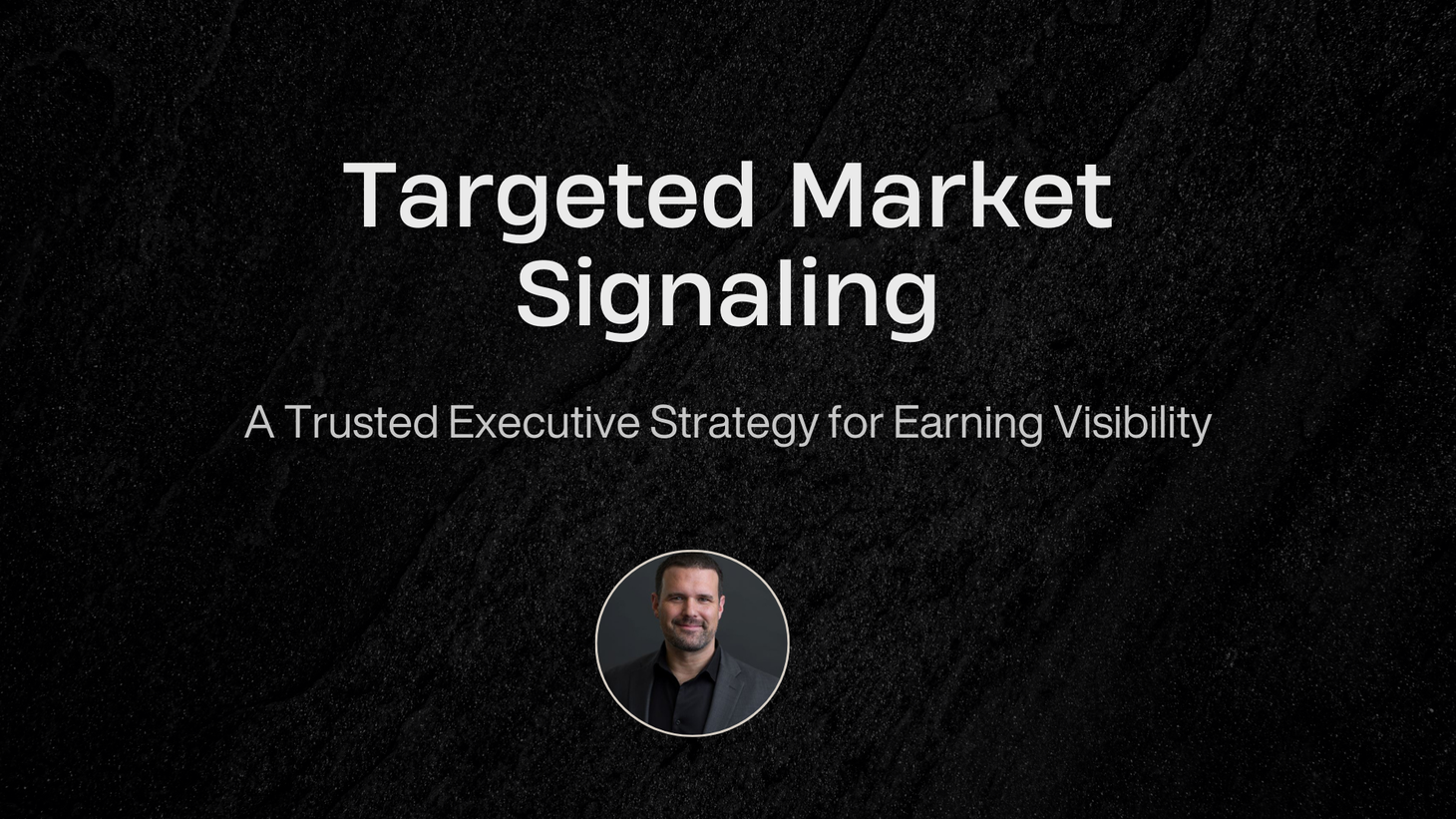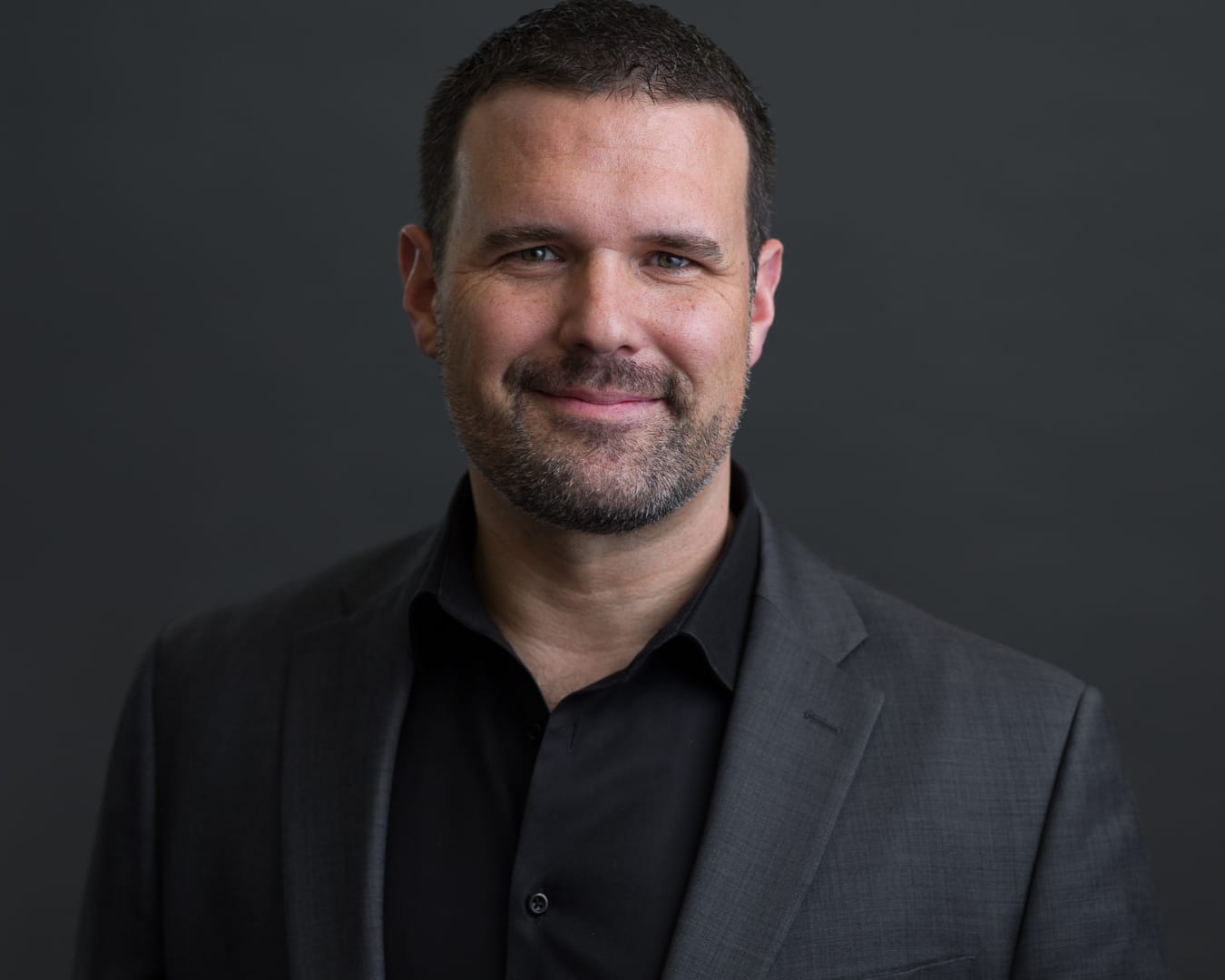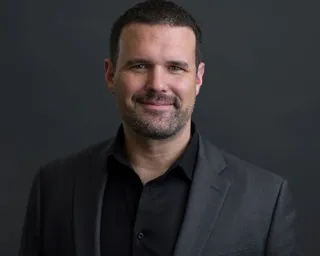Targeted Market Signaling
A discreet visibility strategy for senior leaders, built on trust, timing, and alignment. Be remembered by the right people before the seat opens.

A Trusted Executive Strategy for Earning Visibility
For senior executives at the SVP, EVP, C-suite, or board level, career conversations require a rare balance of discretion, clarity, and strategic timing.
The market for top leadership roles is mostly unadvertised, and intentionally quiet. Transitions at this level carry weight: cultural implications, investor scrutiny, and deep reputational dynamics.
Targeted Market Signaling is not job searching.
It's career architecture. It's the art of becoming visible in the right rooms, to the right people, at the right moment (without ever needing to pitch).
This guide offers a clear, deeply strategic approach to leadership visibility in your authentic voice. It’s designed for those who lead not just with vision, but with values.
Traditional Job Search Doesn't Apply Here
Executives don’t get hired because they applied. They get hired because they were trusted.
At your level, decisions aren’t made by algorithms. They’re made around boardroom tables, in quiet conversations, and through unspoken consensus.
Right now, in these conversations, far too many transformational leaders remain unseen, simply because they haven’t found a language that honors both their discretion and their ambition.
This is tragic. For the organizations they would transform and the people they would inspire.
This guide aims to fix that.
Who This Strategy Is For
This isn’t for the recently laid off or the endlessly networking. It’s for the executive who feels something stirring beneath the surface:
- You’re still performing, but the connection to the mission is fading in the distance.
- You’re mostly valued, but not activated, and not as emotionally connected to the work as you used to be.
- You’re proud of what you’ve built, but you aim for a new challenge that comes with sharper alignment and a chance to build something bigger.
You’re not chasing a job. You’re claiming your legacy. Quietly. Precisely. Intentionally.
The Principles Behind Targeted Market Signaling
- This is not about exposure. It’s about signal strength, not volume. Discretion is sacred.
- The more senior you are, the simpler your message must become. Trust is built in clarity.
- You don’t need everyone to see you. You need the right five people to remember you.
- You’re not making a pitch. You’re calibrating alignment. Conversation, not conversion.
- Every signal you send compounds. Trust builds quietly. Then suddenly. Credibility is cumulative.
Executing the Strategy
- Define Your Market Map Create a shortlist of 10–20 companies that reflect the kind of transformation, stewardship, and impact you were born to lead.
- Identify Internal Allies Pinpoint 3–5 leaders at each company whose work you genuinely respect. Aim higher than you’re used to. Reach for the leaders you’d collaborate with, advise, or succeed.
- Initiate with Intention Reach out using the messaging below. Your goal isn’t to be noticed. It’s to be recognized.
- Engage Respectfully You’re not a pitch. You’re a peer offering signal, not noise, and strengthening the leadership network for both sides one thoughtful exchange at a time.
- Follow Through Without Pressure If you engage further with the company, close the loop. Share your appreciation. Let them see how their perspective shaped yours.
- Maintain Quiet Presence Stay in orbit. Comment when it makes sense. Share things that reflect your lens. Show up like someone who’s already in the room.
Discreet Messaging Templates
These aren’t scripts. They’re starting points for conversations rooted in mutual respect and shared context.
1. Connection Request
I’ve followed [Company]’s work around [initiative] and appreciated how it weaves measurable results with cultural integrity. That balance has been a central focus in my own work as well. I’d welcome the chance to connect, would love to trade notes on how leaders are navigating some of these pressures.
2. Post-Connection Insight Ask
Thanks for connecting. I’ve been reflecting on how senior leaders create aligned impact, especially when navigating moments of complexity or reinvention. In your view, what feels different now about how credibility and trust are earned at this level compared to a few years ago?
3. Follow-Up (After Engaging or Applying)
Your perspective helped me recalibrate how I position my leadership story. I recently had a conversation with [Company] where that framing really resonated. I just wanted to thank you. It offered a clarity I didn’t have before.
4. Ongoing Presence (No Immediate Opportunity)
I’ve found myself coming back to your perspective—it’s helped reframe how I think about aligned leadership in evolving environments. I continue to follow the work your team is doing with real interest—it’s rare to see execution and ethos come together so consistently.
Tone & Intent Checklist Before sending any message, ask:
- Am I honoring discretion, theirs and mine?
- Am I speaking as a peer, not a supplicant?
- Is this generous, clear, and quietly confident?
- If this were the only message they saw from me, would I be proud of it?
If yes, send it.
Because you signaled. Not shouted.
If you’ve made it to this level, you didn’t do it by playing it safe.
But the next chapter won’t come by chasing roles. It will come by radiating clarity, credibility, and intent, long before a seat opens up.
You’re not looking for a job. You’re aligning your impact with a problem worth solving. And when that moment arrives, the room will already know your name.
A Note on Expectations
This strategy won’t guarantee a role. It isn’t designed to flood you with opportunities. If only it were that easy.
It’s designed to place you in the conversations that matter, often before there’s even a role to fill. Then to help you define it together.
While others wait passively for a recruiter to call, you’ll be showing up in the right rooms, with strategic precision and unmistakable intent.
This isn’t a shortcut. It’s your signal.
If this resonated, and you’d like to explore what it could look like in your specific context, I’d welcome a quiet, candid conversation.
Author’s Note
I didn’t write this guide because I got it all right. I wrote it because, at a critical point in my career, I didn’t.
When I left corporate America, I didn’t have a system. I had instincts, pressure, and a whole lot of uncertainty.
Some of the transitions I made cost me more than I expected, financially, emotionally, relationally. My hope is that this guide helps you skip the part where you start questioning your value in silence.
You’re not alone. You’re not lost. You’re just early in the process of building your next chapter.
This is one piece of the map.
Authentically,
Brandon
P.S. Discretion shouldn’t mean invisibility. You can protect what matters and still move forward with clarity and intent.
P.P.S. Visibility isn’t about shouting louder. It’s about being remembered strategically, and by the right people. This is how that begins.

